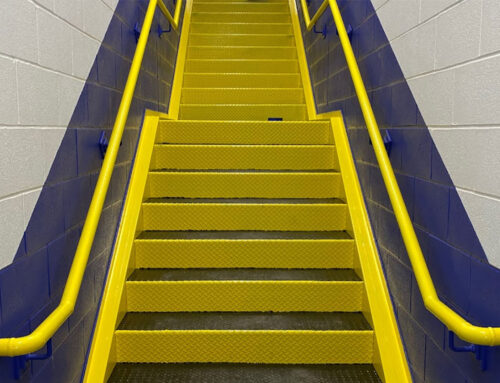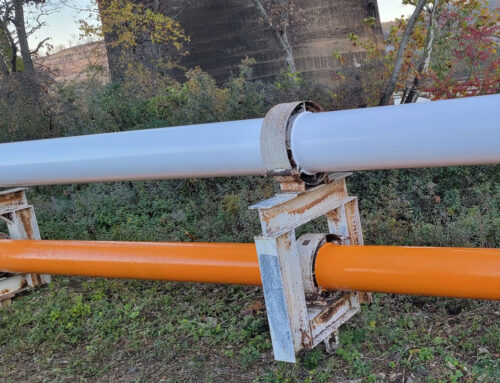Last year, a U.S. Public Interest Research (PIRG) Education Fund report showed there were nearly 2,600 gas pipeline leaks between 2010 and the end of 2021. Researchers involved in the report crunched the numbers and discovered there was approximately one serious pipeline leak every 40 hours. The cost of pipeline leaks is staggering. During the same timeframe, the damages and costs to the public were more than $4 billion.
Pipeline failures are preventable, and typically found during a company’s internal inspections and quality control processes. Once located, inspectors and industrial coaters determine the most effective and economical types of repairs for the pipeline. In the event of metal loss and small deformations, a team of industrial coaters will use a clock spring to repair the pipeline. These issues include corrosion, abrasions, small manufacturing defects, gouges, internal wall loss, wrinkle bends, buckles, dents, and ovality concerns. In the following posts, we’ll unpack what a clock spring is and what it’s used for. Read on to learn more.
What a Clock Spring Is
A clock spring is a sleeve made of electrical glass (e-glass), resin composite, adhesive, and filler that industrial painters use to repair damaged sections of pipelines. Each of a clock spring’s coils contains 8 layers, which helps to reinforce a high-pressure transmission pipeline back to full strength. Its design life is at least 50 years long.
How Clock Springs Became a Recognized Permanent Repair
Nearly four decades ago, composite sleeves like the clock spring were only used to repair cracks in carbon dioxide and natural gas pipelines. Then, the Gas Research Institute put together a research team of pipeline professionals to study how they could permanently restore pipelines. The study took 10 years, with evidence-based testing informing the group’s new solutions. During that process, the clock spring was tested and submitted to the Department of Transportation, which recognized it as a permanent repair to damaged pipelines.
How Clock Springs Are Installed in 15 Steps
Industrial coaters use a regimented, step-by-step process to install clock springs to damaged and corroded pipes. Here’s an inside look at the 15 steps our team uses to complete the installation:
- Clean the corroded or damaged area of the pipeline.
- Mark the soon-to-be repaired section by dry applying the clock spring’s coil.
- Secure the clock spring’s starter four inches from the damaged section.
- Mix the filler.
- Start mixing the adhesive. It will take approximately 30 seconds.
- Include the blue activator in the adhesive.
- Mix for one minute, then wait for it to set.
- Mix for another minute and a half.
- Apply the filler to the impacted area of the pipeline and the starter pad’s leading edge.
- Apply the leading edge of the coil to the starter pad.
- Place the center dual lock pad between two and six inches from the trailing edge of the clock spring.
- Fasten the cinch bar strap to the dual lock.
- Keep pressure and wrap with filament tape.
- If needed, secure marker bands.
- Let cure for two hours.
Does Your Industrial Business Need a Clock Spring Repair? Reach Out to Eagle Eye Services for an Estimate Today.
The industrial coating team at Eagle Eye Services performs pipeline repairs for businesses in the oil and gas, manufacturing, industrial processing, and nuclear industries. We leverage clock springs as a cost-effective, proven solution for restoring corroded pipes. If your company has uncovered damaged pipelines, contact us at 724-754-1122 to learn what your options are.
Ready to Get Started?
Have questions about your project or need a quote? We’ve got someone ready to help you.



